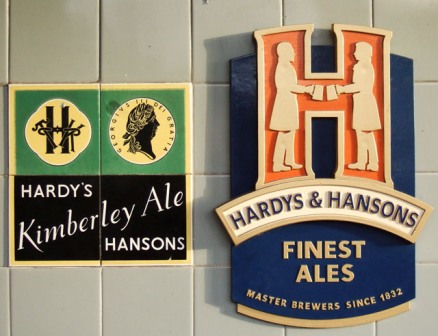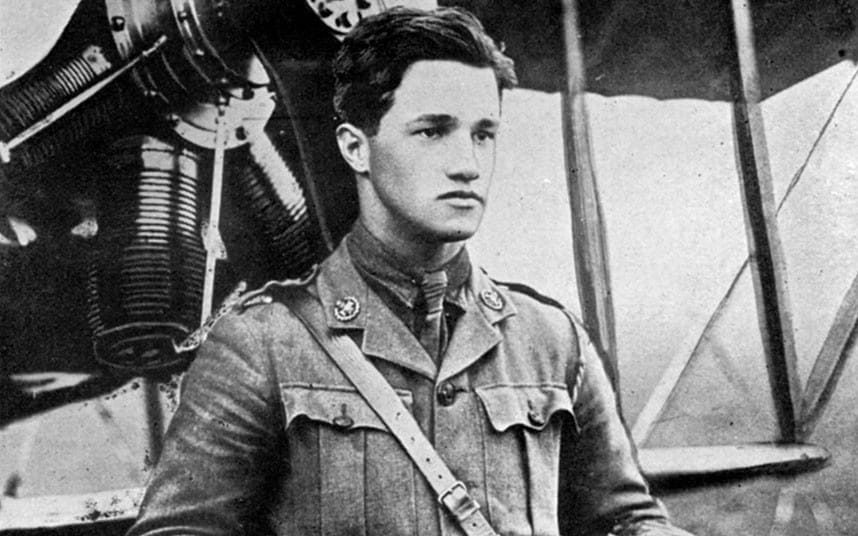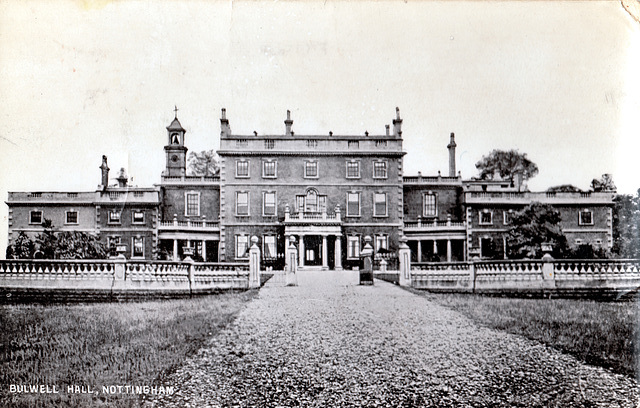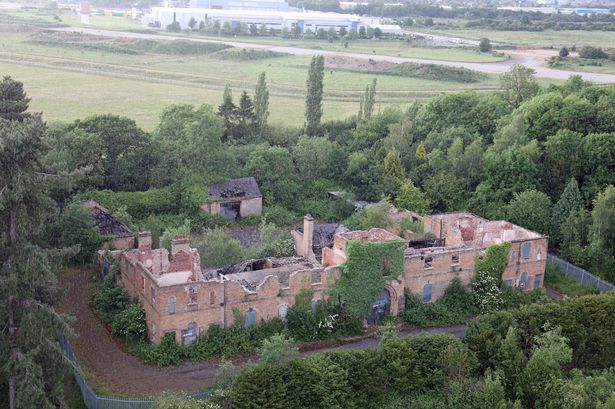Bulwell Hall was built to the north of Bulwell town centre by John Newton in 1770. At this time, it was referred to as ‘Pye Wipe Hall’ – a name that latched on with locals up until its demolition in 1956.
Newton died in November 1820, and not long after, his son also passed away. The estate then went to the Rev. Alfred Padley who resided there for many years until in 1864, the Hall was sold by Alfred Padley’s son, Rev. Charles J. A. Padley to a man named Samuel Thomas Cooper.
After that, Bulwell Hall was purchased by Thomas Hardy of Heanor, who just so happened to be the founder of the (now known as) Hardy-Hanson Brewery! He lived there until his death in 1897.
The Hardy Brewery and the Hanson brewery thrived independently until 1930, when under increasing pressure from larger brewing companies and lack of male successors to the Hardy’s Brewery, the two companies combined to become Hardy-Hanson.

Ten years after Hardy’s death, in 1908, Alderman Albert Ball purchased Bulwell Hall along with 575 acres of land with mineral rights (to exploit the area for the minerals it harbours). He later sold 225 acres to Nottingham Corporation, which became the Bulwell Hall Housing Estate, that still exists today. The Hall and the rest of the Estate was then turned into a Public Park.
Albert Ball was England’s leading ace and was regarded as ‘Britains first celebrity fighter pilot’, he was particularly popular with the public because of his “lone wolf” style of combat flying, often stalking his prey from below. A posthumous Victoria Cross (VC) followed within a month of him being killed.

During the 1930’s the Hall became a sanatorium – a place of care for the mentally ill, but was taken over by the Army shortly after the outbreak of World War II.
During the War it became an Italian Prisoner of War camp and when the War was over, the building was left in a very poor state of repair and had been damaged by mining subsidence, due to this, it was eventually demolished in 1958.

After the demolition, only the stable block now remains. The council has been working on plans for the site for a few years, and also hopes to undertake work on the grounds around the historic building. This would include resurfacing the car park, dredging nearby lakes, and woodland management.
As you can see, Bulwell Hall had a lot of owners, and used for a variety of purposes. Do you know anyone who has any stories or pictures of Bulwell hall? We’d love to know!











